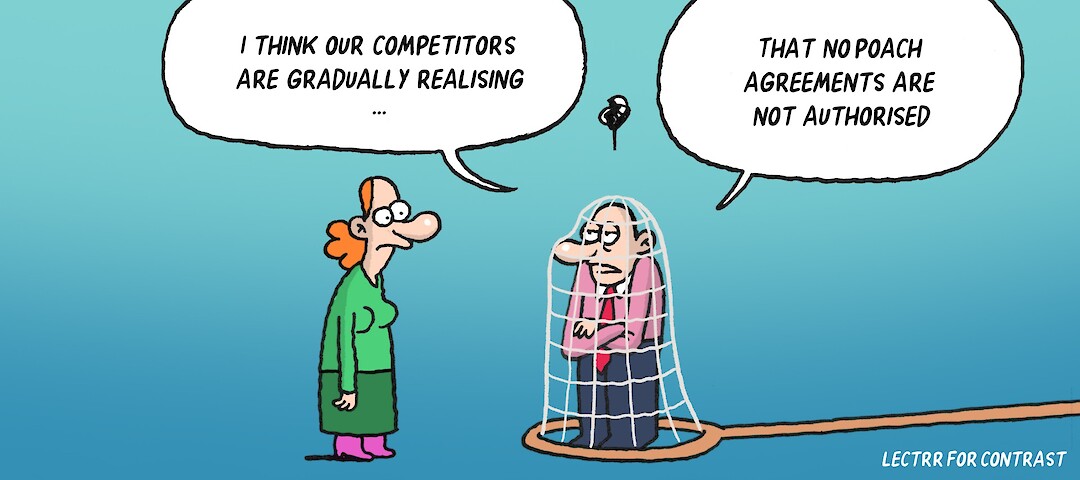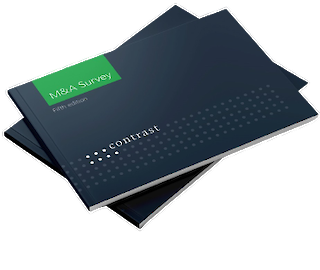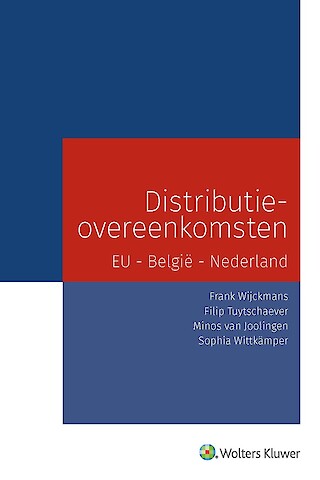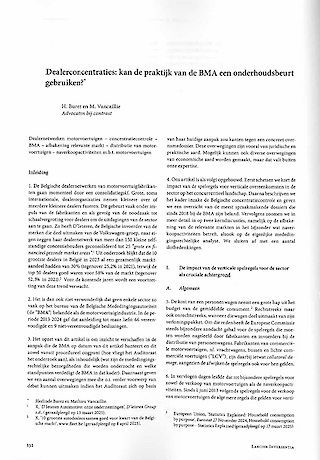In the Picture

No-Poach Agreements: Common Sense or Cartel Risk?
November 2025Imagine...
You’re preparing to welcome a new investor. The atmosphere in your company is charged with anticipation, fresh ideas, renewed energy, and the promise of growth. The investor is set to join your board, equipped with standard minority veto rights to safeguard their investment.
During the final round of negotiations, you propose what seems like a straightforward and sensible clause: "Let’s agree that you will invest but not poach our employees". Surely, that’s just common sense?
But then the investor’s legal counsel hesitates, exchanges glances, and responds: “That’s not allowed. It’s a cartel”.
You nearly spill your coffee. A cartel? That can’t be right. You turn to your legal team for clarification.
A brief clarification.
A no-poach agreement is an arrangement between companies not to compete for each other’s employees. These agreements typically take two forms:
- Non-solicitation agreements: where one or both parties agree not to actively solicit employees from the other.
- No-hire agreements: which go further, prohibiting one or both parties from hiring the other’s employees, even if those employees apply on their own initiative.
Under EU competition law, no-poach agreements are generally treated as buyer cartels. Employers are considered competitors in the market for talent. By agreeing not to compete for employees, companies distort the normal functioning of the labour market, reducing job opportunities and limiting employee mobility.
Importantly, this applies even if companies operate in different sectors or do not perceive themselves as competitors in the traditional sense. In the labour market, they are.
No-poach agreements have come under increasing scrutiny from competition authorities. Key developments include:
- May 2024: The European Commission publishes a Competition Policy Brief signaling stricter enforcement against anti-competitive practices in labour markets.
- June 2025: The Commission imposes fines totaling 329 million euros on Delivery Hero and Glovo for no-poach agreements and other anti-competitive conduct in the online food delivery market.
- France: The French Competition Authority fines engineering firms Alten, Expleo, and Bertrandt a combined 29.5 million euros.
- Belgium: The Belgian Competition Authority imposes fines exceeding 47 million euros on security firms Securitas, G4S, and Seris.
- The Netherlands: The Dutch Competition Authority issues warnings to several companies about no-poaching practices.
No-poach agreements may be lawful if they are limited in scope and duration, and objectively necessary for a broader, legitimate collaboration. Examples include:
- Joint ventures: to prevent controlling parent companies from poaching key personnel.
- M&A transactions: where buyers temporarily protect the workforce of the acquired company from recruitment by the seller.
- Transition arrangements: temporarily shielding employees from recruitment by former managers.
However, these exceptions do not extend to non-controlling shareholders. The Delivery Hero case illustrates this clearly: during the period when Delivery Hero held only up to 37.4% of Glovo (without extensive veto rights), the Commission found the no-poach agreement to be unlawful.
Concretely.
HR practices are no longer flying under the radar. Competition authorities are ramping up enforcement against no-poach agreements. What may seem like a routine clause can quickly become a costly legal issue.
Key takeaways:
- Any restriction must be limited in scope and duration, and objectively necessary.
- Broad or indefinite clauses will not withstand scrutiny.
- Non-controlling shareholders cannot be barred from recruiting employees.
- Companies should review investment strategies and talent policies to ensure compliance.
- Awareness and training are essential — legal and HR teams must understand the risks before entering into any collaboration or investment agreement.
Want to know more?
Please consult our website or contact one of our team members if you have questions or require more information:













